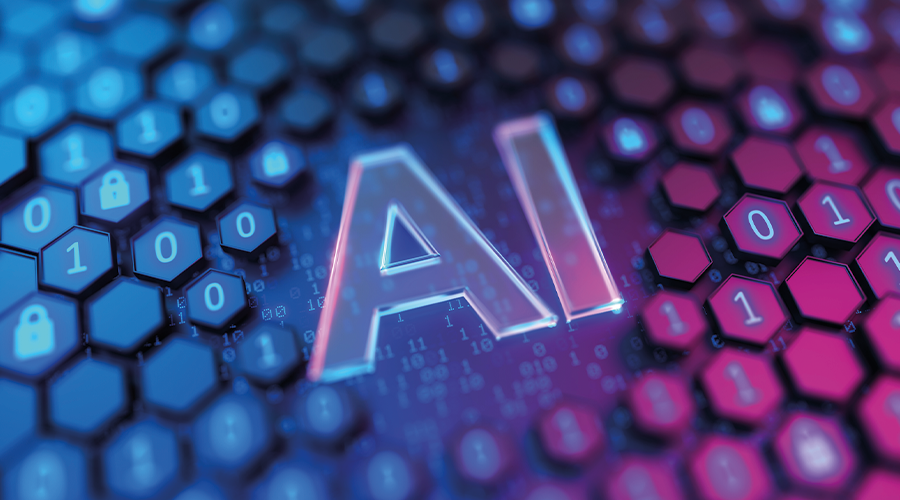

In January 2024, we wrote a piece on the UK High Court’s decision in Emotional Perception AI Ltd v Comptroller-General of Patents, Designs and Trade Marks [2023] regarding the patentability of computer and software programmes utilising artificial intelligence.
The High Court concluded that artificial neural networks (“ANN”) should no longer be objected to on the basis that they are a “computer program” which are notably excluded from patentability under the Patents Act 1977 (“the Act”).
The judgment saw a brief period where the UK approach to certain types of AI inventions deviated from the approach adopted by the European Patent Office and encouraged the Intellectual Property Office (“IPO”) to quickly suspend and update their own guidelines for examining patent applications relating to AI inventions.
The Comptroller of Patents appealed against the decision and, in July 2024, the case was heard at the Court of Appeal (“CA”) where it was ruled that Emotional Perception AI’s invention did not qualify for patent protection.
Considering the evolving judgments of this case to date, on 30 January 2025, the IPO recently updated their guidelines again. It is perhaps timely for us to provide an update on the new developments in this area.
What has changed in the Intellectual Property Office’s guidelines on AI?
The guidelines have been updated to reflect the CA’s judgement in this case.
The CA maintained the long-established meaning of “program for a computer” as it appears in the Act and rejected Emotional Perception AI’s argument to the contrary.
As such, the UK’s IPO has updated its guidelines to state that the scope of the exclusion to a “program for a computer” in the Act can indeed be extended to include programs for other kinds of computers. These include analogue, hybrid and quantum computers, and most notably, ANNs.
The CA concluded that, however it is implemented, an ANN is a program for a computer and is within the scope of the computer program exclusion in the Act.
Where the decision made by the CA goes further is in its assessment of an invention’s technical purpose. The CA held that the purpose of Emotional Perception AI’s invention, being a special method for training a neural network for the purpose of providing music recommendations, was aesthetic in nature and non-technical. It was, therefore, ruled that if an invention does not contribute to the solution of a technical problem, then it is not a patentable invention.
The guidelines for examiners assessing these have now been updated to reflect that if a core AI invention can reveal a relevant technical contribution, then it will not be objected to on the basis that it is a “computer program”.
It is therefore the examiner’s responsibility to differentiate the technicalities of the AI invention from its abstract models and mathematical algorithms. I If the former can be demonstrated then, in principle, it is possible that a computer-implemented core AI invention may meet one or more of the signposts required to qualify for patent protection.
However, as demonstrated in the judgments to date, in both this case and the cases which have come before it, for this to work in practice remains a difficult feat and one that developers of ANN might struggle to demonstrate in their patent applications.
What’s next?
The UK Supreme Court has granted permission to appeal in Emotional Perception AI, which is expected to be heard in the summer with a final decision being made by the end of the year.
We anticipate that Emotional Perception will continue to appeal whether an ANN should be considered as a computer program. We also expect them to appeal the CA’s judgment regarding the technical purpose of their invention to circumvent the objection received on these grounds. It is difficult to see how they might overturn the case otherwise.
While it is unclear what the end judgment will be, what differs about this case from others of its kind is that earlier judgements have strictly stated what isn’t patentable. In contrast, the Emotional Perception AI case offers a glimpse of the types of AI technologies which could qualify for patent protection and the inventive and technical qualities they would need to have to be patentable under the Act.
Whichever way the Supreme Court decides on this case, it will continue to change the landscape of patent law as we know it.










